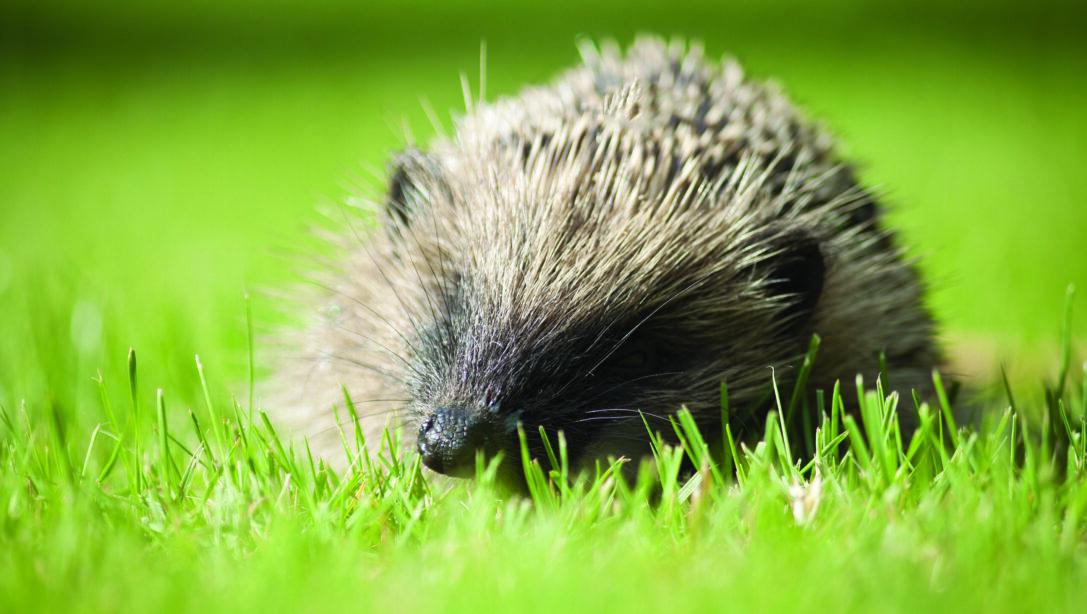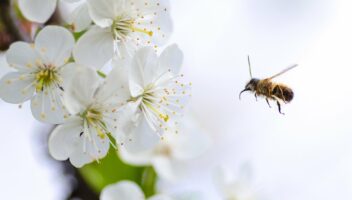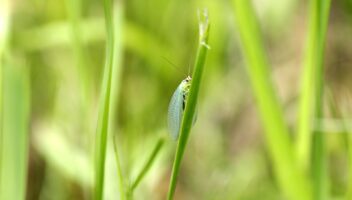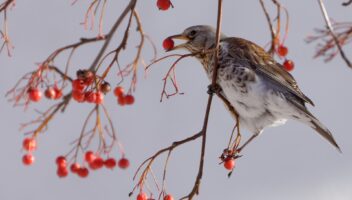Knowing how to care for the wildlife that visits our garden is highly important throughout the year. We love the plants in our gardens, watching them bloom and fade with the rhythm of the seasons. It is not only our flowers and food produce merrily marking time. The wildlife that lives in and visits our gardens also creates a natural calendar, from the first butterflies of spring to the departing swifts at the end of summer.
We know by now how important our gardens can be for wildlife; an invaluable support as natural habitats decline. In our guide to your wildlife year ahead, in collaboration with the experts at Wildlife World, we highlight what is happening in the animal world in every season and how you can help.
Tips on How to Care for Wildlife in your Garden
How to care for wildlife in autumn
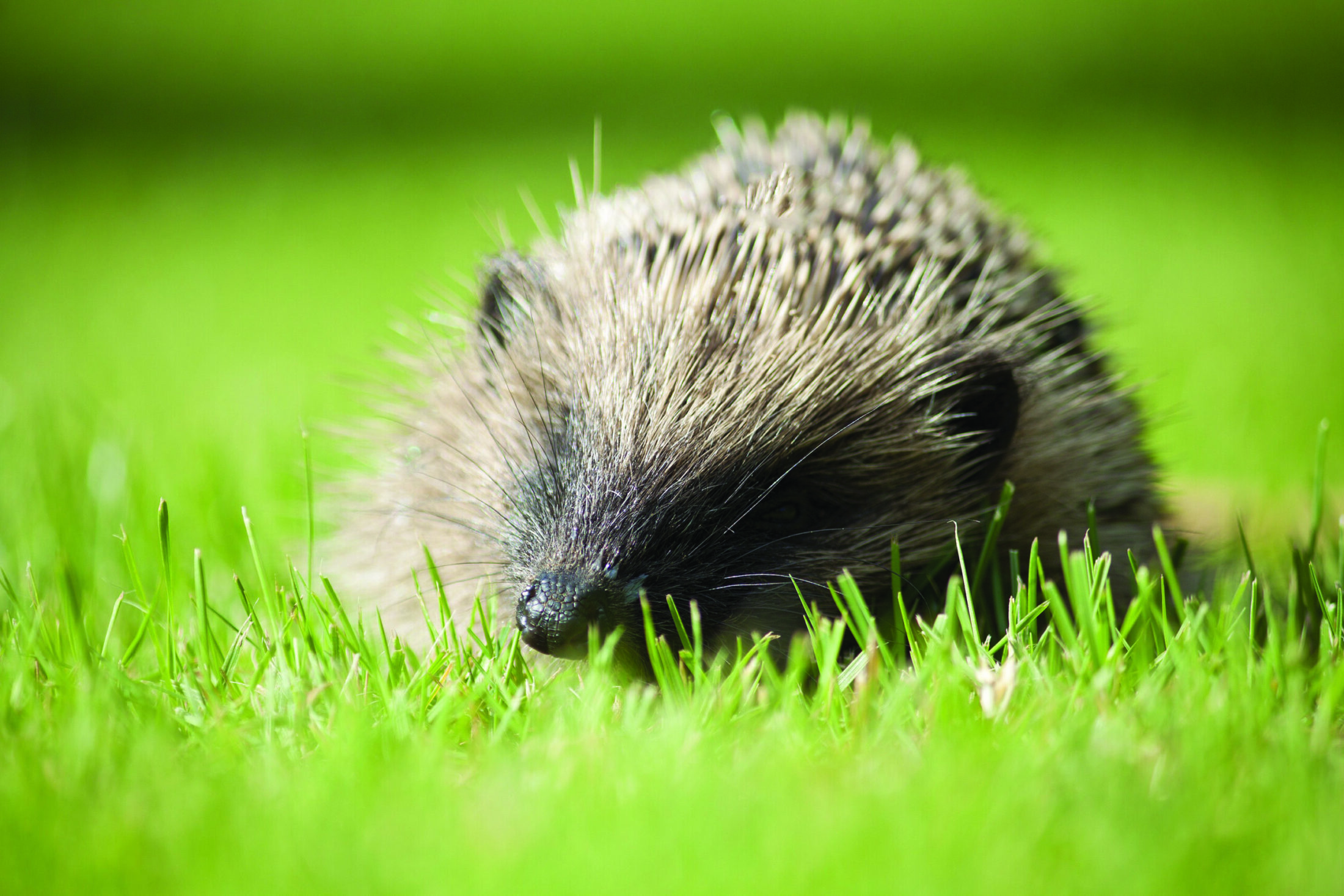
The change that began in late summer continues in autumn. As the temperature drops and daylight hours reduce, our garden wildlife quickly progresses into overwintering / hibernation mode.
Many bee species, particularly solitary bees, may be gone by early autumn. Bumblebees continue to fly on warm days all the way to the end of the season. By November, bumblebee colonies will have died out, with only the queen surviving the winter.
Bird migration is at its peak at the start of autumn. The last of the swifts will disappear, along with swallows, house martins and warblers. In return, species such as waxwings and fieldfare that spend winter in the UK will arrive from Russia and Northern Europe.
In September, many butterfly species can still be spotted in our gardens, but the numbers will diminish as the season progresses. The last species in our gardens will be those that overwinter as adults – peacock, comma etc.
Froglets and toadlets finish leaving the pond at the start of autumn. By mid-autumn, frogs and toads will be looking for a place to hibernate. Compost bins and damp, shady holes are popular spots.
Hedgehogs will start feeding more intensively ahead of their winter hibernation. They tend to hibernate from mid-autumn through to mid-spring, but in mild years hibernation can begin as late as December.
Bats will prepare themselves for their winter torpor by feasting on as many moths and insects as they can. Bats also tend to mate in the autumn.
Squirrels do not strictly hibernate, but they are much less active during the colder months. They will spend the autumn looking for the nuts they buried earlier in the year to build up their fat reserves.
Autumn Checklist to help you care for the wildlife in your garden
- Grow plants that provide an autumn source of nectar in your garden, such as buddleia, dahlias, scabiosa, sedum and Verbena bonariensis
- Autumn is a good season to create a wildflower meadow. It will benefit birds, bees, butterflies and more as it grows the following year
- Plant bulbs that will provide an early source of nectar for pollinators in spring. Snake’s head fritillary, crocus and grape hyacinth are all good choices
- Continue to offer a mix of bird feeds. Incorporate high-fat options, such as suet treats, to support migrating birds
- If you have a nest box, clean it in the autumn once any chicks have fledged
- If you have a wildlife pond, keep the water level well topped up during sunny days in early autumn. If you don’t have one, this is a good season to consider creating one
- Set up hedgehog houses now, offering a safe retreat for the winter months
- Wild areas left in the garden with longer grass, log piles etc. provide good opportunities for winter shelter for all manner of creatures. Avoid cutting back mature ivy for the same reason and try not to mow your lawn too short. Allow your autumn tidy to be a bit rough around the edges!
- If you are having a bonfire to celebrate Guy Fawkes Night, or at any other time, make certain to check for sheltering hedgehogs before you light it
Discover your autumn wildlife needs.
How to help wildlife in winter
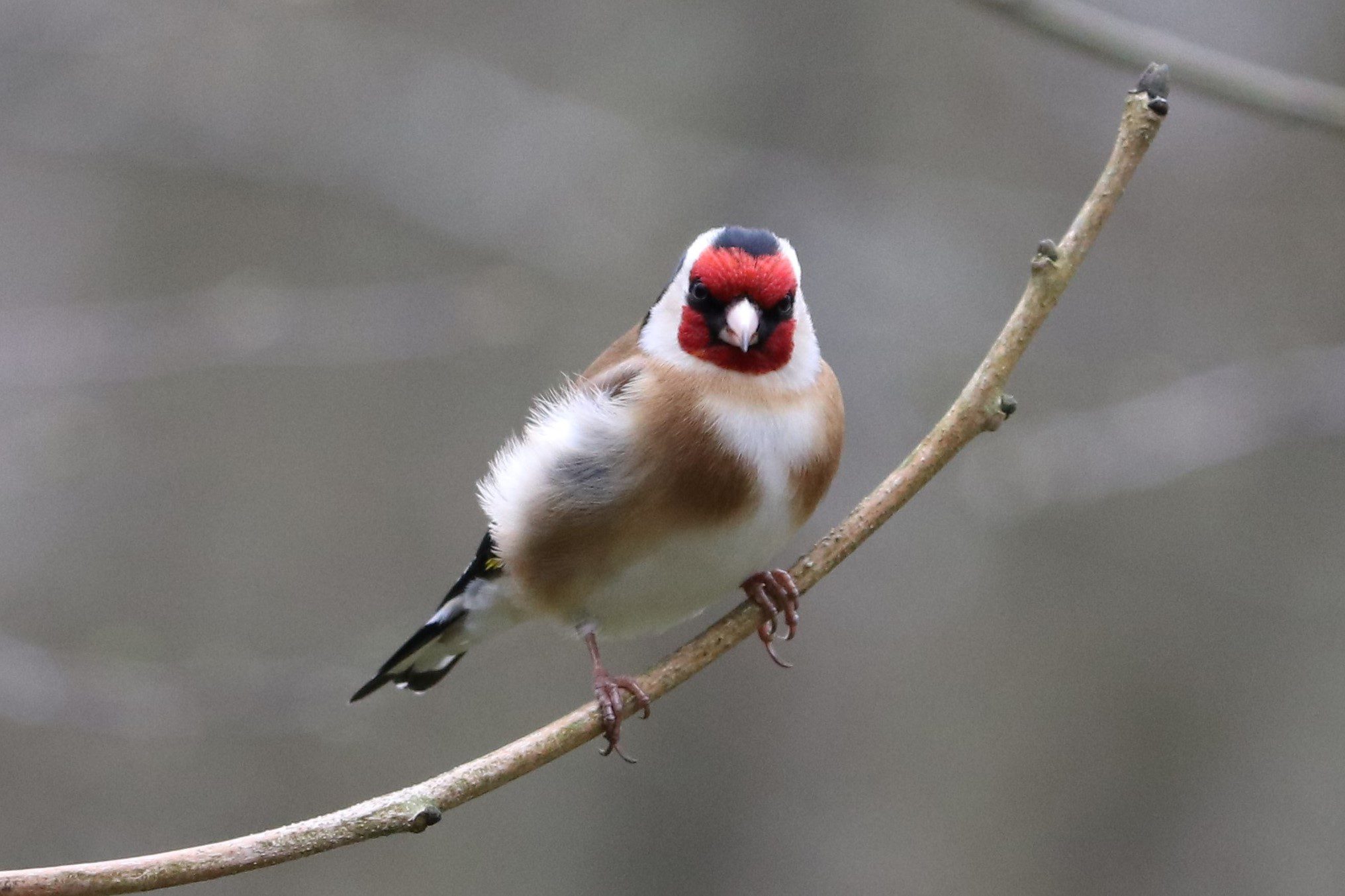
Winter is the hardest season for much of our garden wildlife. They will either be overwintering, hoping their fat reserves and sheltered spot of choice will help them last to spring. Or, they will be seeking food in an increasingly cold environment, with little growing.
Badgers do not strictly hibernate, although they sleep underground during the worst of the winter weather. It can be hard for them to find food when they are on the move because the ground is so hard.
Bee sightings are quite rare in winter. You may spot a late-flying bumblebee on a mild, sunny day.
Birds will be searching hard for food sources. Species including robins, thrushes and blue tits will thank you for any help you can give. Take part in RSPB Big Garden Birdwatch at the end of January to help monitor our bird populations. In late winter, start thinking about nest boxes ready for spring. National Nestbox Week, from the 14th of February, highlights the importance of them in our gardens.
Frogs and toads hibernate through most of winter. At the tail end of winter, frogs may emerge. They will be quick to colonise ponds and you can sometimes see frog spawn in late February.
You will be unlikely to see a hedgehog, as they continue their hibernation, although they occasionally move to change hibernation location.
Squirrels are early breeders and may have their first litter of kitts in February. There is some debate about whether it is necessary to feed squirrels, but of all times of year, if you are going to this is probably the best.
Winter Checklist to help you care for the wildlife in your garden
- If you have badgers nearby, consider leaving out food in winter. Specialist badger food, raw peanuts, and fruit such as apples are all good options
- Have plants in your garden that offer winter nectar – e.g. mahonia, ivy, hellebores and Lonicera fragrantissima
- Offer bird food with high fat content, such as suet treats, to give extra energy for the colder months
- Break the ice on any water bowls and refresh daily
- Plan how you can make your garden even more wildlife friendly next year, from hedgehog access points to pollen-rich plants, wild patches, a wildlife pond, and a natural approach to the entire ecosystem
- At the end of January, take part in the RSPB Big Garden Birdwatch
- Avoid disturbing any piles of logs, leaves or other rough patches all through winter, as creatures may be overwintering in them
Discover your winter wildlife needs.
How to care for wildlife in spring
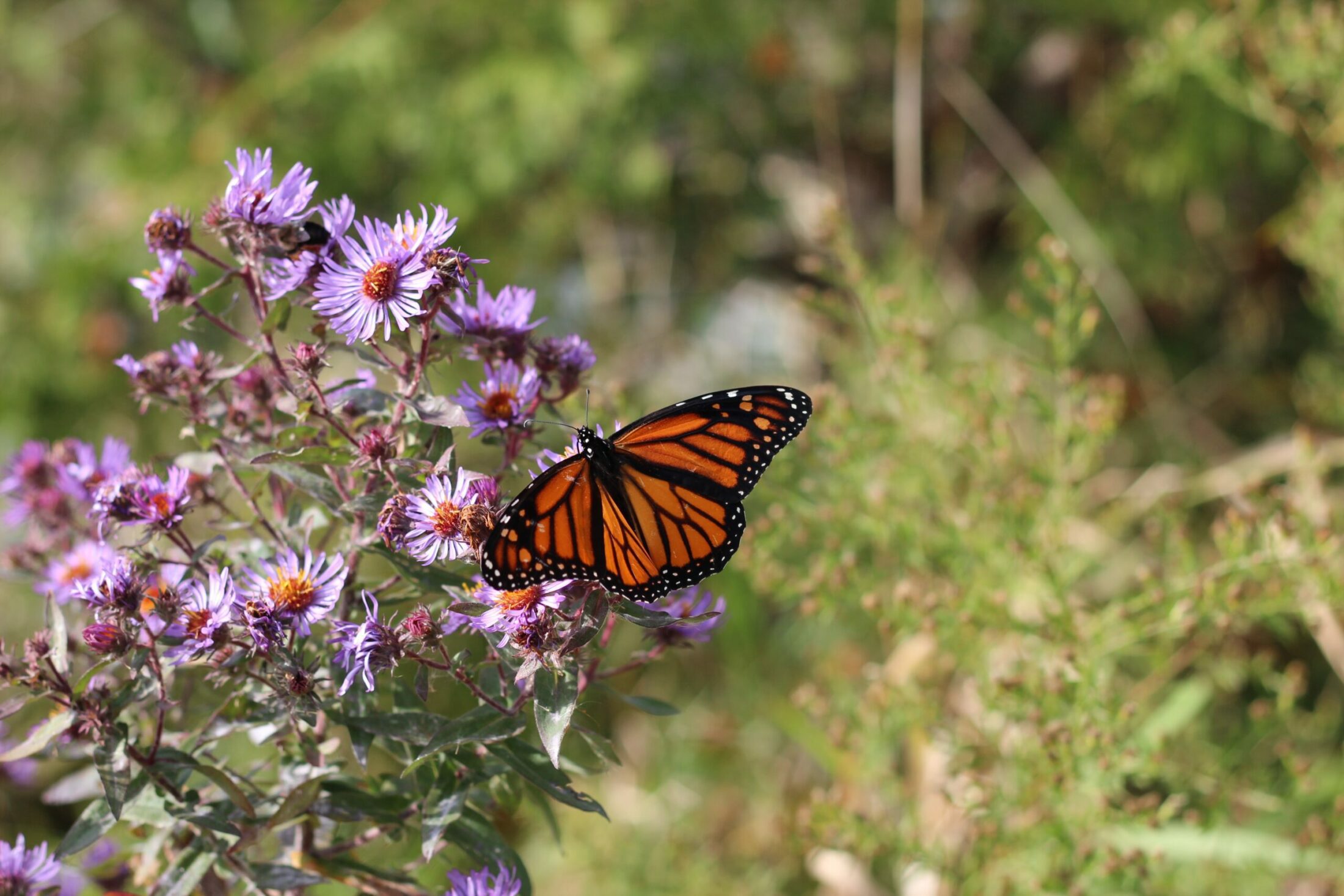
Spring is the season of renewal. As shoots emerge, so do animals from their winter slumber. For many, the quest to find a mate and have their young begins. Freezing days can continue well into spring and many species will appreciate extra help with food.
Bats emerge from their winter dormancy from March, hungrily looking for insects. Bats mate in autumn and give birth the following summer. Pregnant females will spend spring building food reserves and looking for a site for a nursing colony.
Bees gradually appear from March onwards. Queen bumblebees are often first to emerge, shortly followed by the earliest solitary bee species.
The dawn chorus returns with the spring as birds start searching for a mate. Winter visitors to the UK, such as fieldfares, will depart in early to mid-spring. Their place will be filled by returning summer migrants, such as swallows and swifts, who are usually back from April into May. Species including blue tits and blackbirds may have their first brood in mid spring.
The first butterflies back on the wing will be those that overwinter as adults – brimstone, comma, peacock for example. By the end of spring, more than half of butterfly species found in UK gardens will have been seen.
Toads will usually emerge from hibernation in March. In early spring, both frog spawn and toad eggs appear in ponds. Tadpoles typically hatch in mid-spring. Watch for a writhing black mass in ponds!
Hedgehogs typically wake from their hibernation in late March, on the hunt for food. The breeding season can start as early as April, with May the heart of ‘the rut’.
Ladybirds will leave the crevices where they have been overwintering in March, searching for aphids and other insects to feast on. They tend to mate towards the end of spring.
Badger cubs will appear from their underground setts for the first time in late April or early May.
Towards the end of spring, dragonflies emerge in their winged adult form, having spent most of their life in the water as larvae. Mayflies can also be seen in large numbers towards the end of the season.
Spring Checklist to help you care for the wildlife in your garden
- Grow pollen-rich flowers for bees and butterflies, such as mahonia, ivy, willow, muscari, lavender, flowering fruit trees and erysimum (wallflowers). Leave dandelions growing in your lawn as an important source of spring nectar
- Attract insects to feed bats and birds – a flower-filled garden and rough patches of leaves and logs will help
- Put up a nest box or two to support nesting birds. Do not disturb nesting birds; avoid cutting hedges and shrubs between now and the end of summer. Put out high-protein bird feed, such as sunflower seeds and calciworms
- Create a wildlife pond if space allows. Even a small one will attract all manner of creatures
- Check carefully for hedgehogs when conducting the first mow or strim of the year to avoid accidentally injuring them
- Create access points between neighbouring gardens for hedgehogs to run freely. This is one of the most important things you can do to support them, as they can roam up to a mile a night
Discover your spring wildlife needs.
How to help wildlife in summer
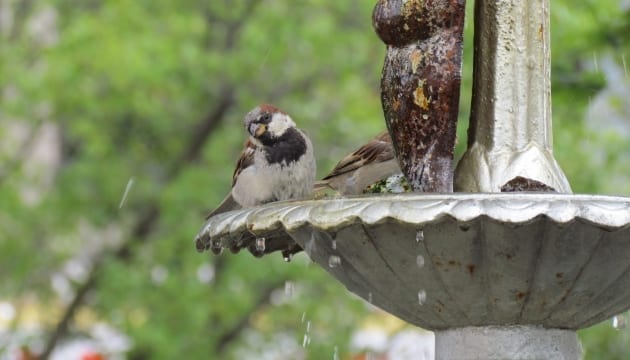
Summer is a season of change. For some, the breeding season continues along with rearing young. By the end of summer, some of our wildlife will have completed their lifecycle, or will start their migration away from the UK.
Bat pups are usually born in June. Females need to eat a lot of insects at this time to feed themselves and their young. You are most likely to see bats performing their flying acrobatics as the sun sets on a summer’s evening.
At the start of summer, bees are highly active. Honeybee swarms can happen in June. By mid-summer some solitary bees, such as leafcutters, will begin nesting and bumblebees will build their colonies in boxes. On hot days, you may find bees sheltering in long grass and other shady spots.
Many bird species will be nesting, feeding their chicks, and then encouraging their fledglings to leave the nest. From mid to late summer, you may notice a decline in species in your garden as they search for wild berries elsewhere and disappear to moult. Swifts will disappear from late July into August, embarking on their mammoth migration to Africa.
Summer is a bumper season for butterflies, along with the appearance of eggs and emergent caterpillars. The Big Butterfly Count runs from mid to late summer, recording the state of the nation’s species.
In ponds, by mid-June, all damselfly species will have emerged as adults from their larval form. In early summer, millions of froglets will emerge from ponds at night for the first time. Both juvenile and adult frogs and toads may be spotted leaving their ponds looking for new habitats.
Hoglets (baby hedgehogs) are typically born in June and July. By the end of summer, they will start to become independent – the siblings will not remain with each other.
In the summer months, with longer daylight hours, badgers may appear from their setts just before dusk looking for food. The rest of the year, they are nocturnal.
With aphids often running riot, ladybirds are a gardener’s best friend in summer. Adults are active, with the next generation starting to emerge from the pupae later in the season.
Summer Checklist to help you care for the wildlife in your garden
- Grow plants that offer summer nectar for bees and butterflies, such as buddleia, dahlias, geraniums, lavender, roses, and Verbena bonariensis
- Offer high-protein bird food to support hungry birds and their fledglings, such as sunflower seeds and calciworms. Have hanging feeder sites as well as ground feeders. Ensure bird baths are regularly cleaned, sterilised, and topped up with water
- Never disturb nesting hedgehogs – the mother may abandon her young if you do. Leave a source of food and clean water for hedgehogs foraging in the evening
- Create access points between neighbouring gardens for hedgehogs to run freely. This is one of the most important things you can do to support them
- Install a bee box or bar to provide a home for nesting bee species – especially solitary bees
- Take part in Big Butterfly Count in July / August
Discover your summer wildlife needs.


